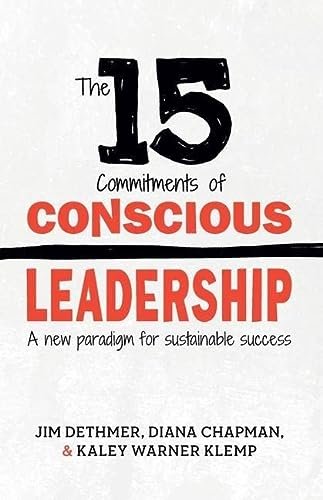Q3: psychological safety + conscious leadership
Our leadership team met on Friday for our quarterly offsite. Going into the meeting, I came across the quote below and thought it applied perfectly to organizational leadership.
The true measure of success is a well-regulated nervous system.
While we spent some time reviewing the past our progress over the past year and discussing how we will continue our forward progress through the end of the year, we spent most of the time discussing psychological safety, decision-making, and communication. Put succinctly, we dedicated most of our day to consciously developing our culture.
psychological safety
“Team psychological safety is a shared belief held by members of a team that it’s OK to take risks, to express their ideas and concerns, to speak up with questions, and to admit mistakes — all without fear of negative consequences.” – What is Psychological Safety?
Bottom line up front: If you’re not on a performance improvement plan, then you should have zero anxiety about your performance (and employment). We are on very stable footing. This has not always been the case, as I discussed at length in this post from January. While we will continue hammering the importance of clinical utilization, as long as we work together to improve “the numbers,” there is no reason to be concerned with your individual contribution. As a new organization, we struggled mightily to create and provide clarity, thus, I spent a lot of time in the weeds discussing details that I should have empowered others to address. Check out the links below if you’re unsure what I’m discussing.
Now that we’re on solid footing and not a “new” organization, our leadership team is committed to creating a world-class, conscious culture that epitomizes psychological safety. Sure, that sounds great, but what’s the plan to make this a reality? Enter principles of conscious leadership and deliberately developmental organizations.
15 commitments of conscious leadership
The leadership team is taking the next few months to read, reflect, and implement lessons learned from my favorite book on leadership, 15 Commitments of Conscious Leadership. As we work through the book and the Conscious Leadership Group’s resource library, we’ll develop a list of correct automatic behaviors, or norms, that we expect to see throughout the Advaita Collective. Establishing norms takes culture from nebulous, theoretical yoga babble into practical, tangible, experiential understanding.
We are embarking on an exciting journey. Our team will dedicate a lot of time, money, and energy to making changes that will improve our culture. We are at an inflection point that I’ve looked forward to for a long, long time. As a leadership team, we’re at a phase transition. Instead of spending most of our time creating clarity around our goals, to-do items, and developing systems, we will focus on the context of work, i.e., the culture.
deliberately developmental organization
A couple of months back, I discussed the concept of organizational ikigai — aligning what we’re good at, what the world needs, what we love to do, and what we get paid for. One of the most important tenants of my leadership philosophy is that organizations should be deliberately developmental. “Ultimately, I believe that magic happens when we can integrate and align individual’s personal goals with the organization’s goals.”
Throughout the rest of the year, the leadership team is focused on developing a conscious, deliberately developmental culture.
a note on culture
Culture is like invisible glue. Just as we consist of cells that we are unconscious of, unless they become cancerous, we are part of a larger whole at work (which is, of course, part of another larger whole). The effort we put into effect culture permeates all we do, though often below the normal perceptual realm. As the leadership team embarks on a journey towards conscious leadership and psychological safety, it can also be considered a journey of reconciling differences at phase transitions (water to ice, organizational goals to department goals). The culture is the backdrop on which this translation occurs. We are working to make the invisible visible.
hierarchy of organizational needs
Conscious leadership and deliberately developmental principles aren’t new to me. So why aren’t we further along in the process? It’s a fair question. Focusing on self-actualization is hard when you don’t know where your next meal is coming from.
I’m not a big fan of fear and uncertainty; I assume that’s pretty universal. The past two years, as we’ve transitioned from (1) Green Hill to (2) Green Hill + AIM to (3) the Advaita Collective, I’ve been racked with an ambient level of fear and uncertainty. My thesis that we can “do things better” than other similarly situated organizations was based on extensive research and analysis; however, I didn’t have enough experience to know if my business model thesis was correct. Couple a fairly innovative business model (outpatient therapy and psychiatry + PHP/IOP substance use and mental health treatment + supported sober living) with a leadership team that has just started working together, and you’ve got a lot to figure out.
Now that we’ve taken care of the basics on the business front, it’s time for us to focus on higher-order principles related to our culture. We’ve moved through forming and storming, and now it’s on to norming, regarding the phases of team development. Here’s to becoming the best team with the best culture to deliver the best care to our community.



